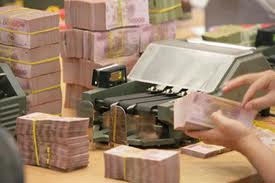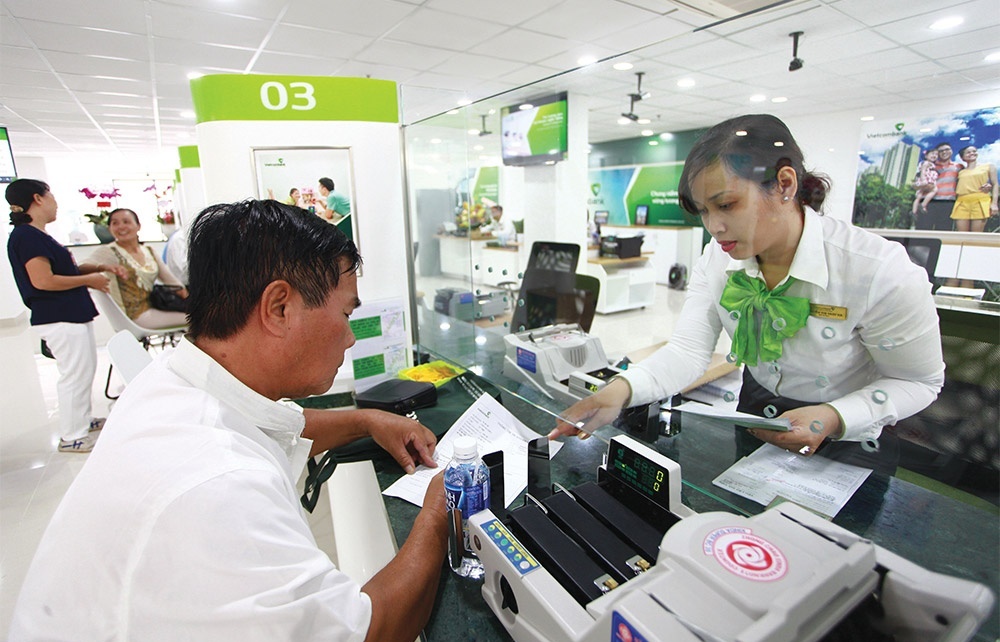Currency of change for banking system
 |
| Stricter controls are policing the unofficial currency market |
In late March, the bank’s Circular 07/2011/TT-NHNN, made it tougher for local enterprises to borrow US dollars.
Replacing Decision 09/2008/QD-NHNN, the circular regulates that only exporters with adequate future dollar sources can borrow dollars from lenders. Meanwhile, enterprises borrowing dollars for use within the Vietnamese market should convert to the Vietnamese dong via a spot transaction upon borrowing.
Nguyen Thi Kim Thanh, head of Banking Strategy Institute, said this tightening might be the first step towards the complete abolition of foreign currency credit in Vietnam’s banking system.
“The coexistence of dollar and dong interest rates caused difficulties for the State Bank’s monetary management,” said Thanh.
Previously, Decision 09/2008/QD-NHNN allowed customers to borrow dollars from commercial banks for importing goods and services, settling premature foreign debt and investing overseas.
According to the International Monetary Fund (IMF), if foreign currency deposits in the total money supply of an economy exceed 30 per cent, the economy is in dollarisation mode. In Vietnam, the figure has been fluctuating between 20-30 per cent since a 1991 peak of 41.2 per cent.
Generally, a dollarised economy leads to difficulties in controlling credit growth. Central bank tools such as raising reserve requirements, issuing central bank notes to withdraw money from circulation are effective to control credit in local currency. But the effect on credit in foreign currencies is limited as foreign currency supplies come largely from increasing foreign investments out of the central bank’s control.
According to a Vietcombank source, the State Bank’s latest move, together with close forex market surveillance, would help control the forex market.
The bank weakened the Vietnam dong’s midpoint to VND20,693 from VND18,932 per dollar effective from February 11, an effective depreciation of 7.2 per cent. It also narrowed the trading band to 1 from 3 per cent either side of the midpoint exchange rate.
In another move to reduce depreciation expectations, the State Bank also directed state-owned enterprises to sell their dollars holding under deposit accounts and increased its vigilance of the black market and gold trading.
Prakriti Sofat, Barclay Capital’s economist covering Vietnam, said the size of this one-off weakening, meant another near-term depreciation was unlikely.
What the stars mean:
★ Poor ★ ★ Promising ★★★ Good ★★★★ Very good ★★★★★ Exceptional
 Tag:
Tag:
Related Contents
Latest News
More News
- The promotion of ESG via banking (November 21, 2024 | 09:32)
- Standard Chartered committed to Vietnam’s financial success (November 21, 2024 | 09:24)
- Full ESG adoption the priority for Agribank (November 21, 2024 | 09:07)
- Banks entice youth with tech advances (November 21, 2024 | 08:00)
- Banks shaping the future as business advisors (November 20, 2024 | 21:00)
- ESG represents a shift towards sustainability for banks (November 20, 2024 | 13:00)
- GGGI supports Vietcombank’s debut of $80 million green bonds (November 20, 2024 | 11:20)
- SHB and the ESG journey: creating social value in every step (November 19, 2024 | 15:00)
- Banking sector contributes to ESG, green growth, and sustainable development (November 19, 2024 | 14:42)
- ESG implementation in banking: from awareness to action (November 19, 2024 | 12:08)























 Mobile Version
Mobile Version